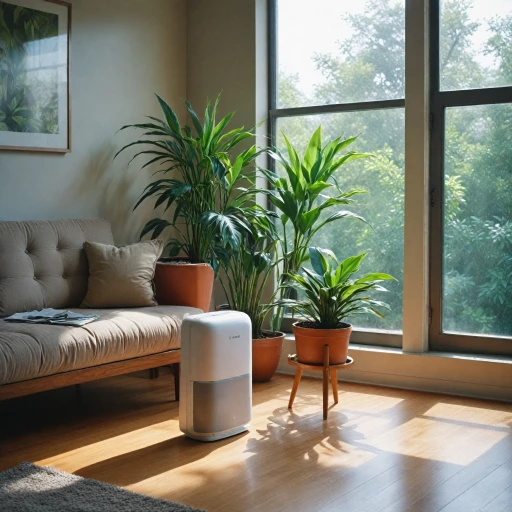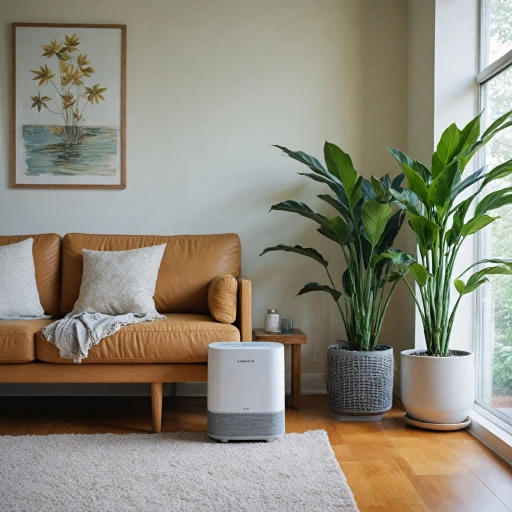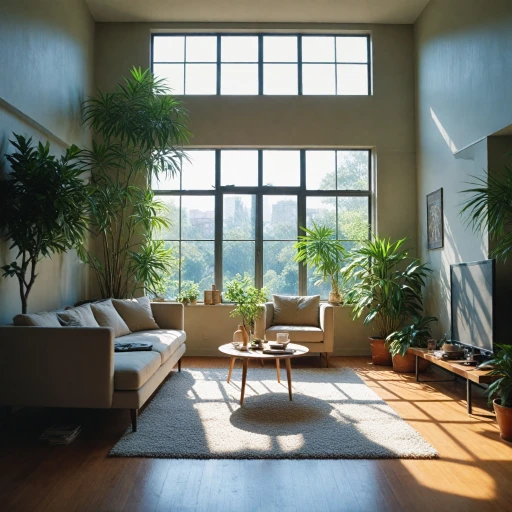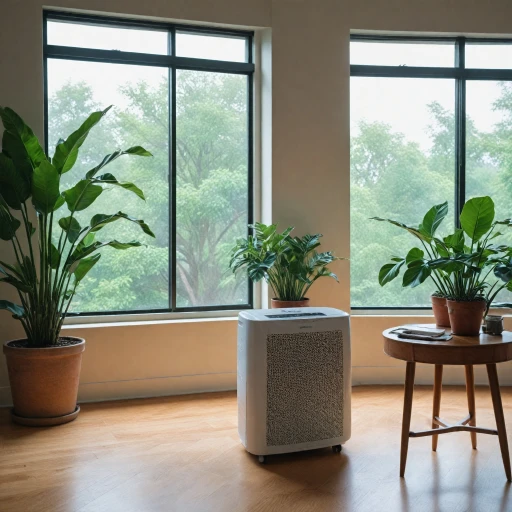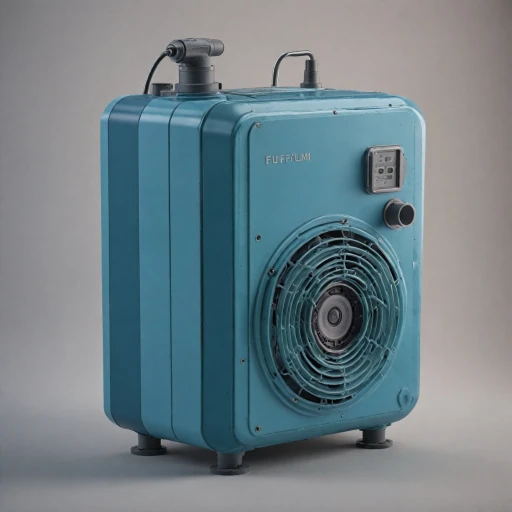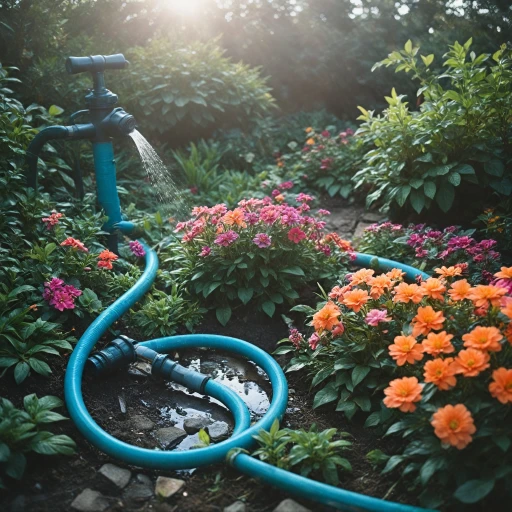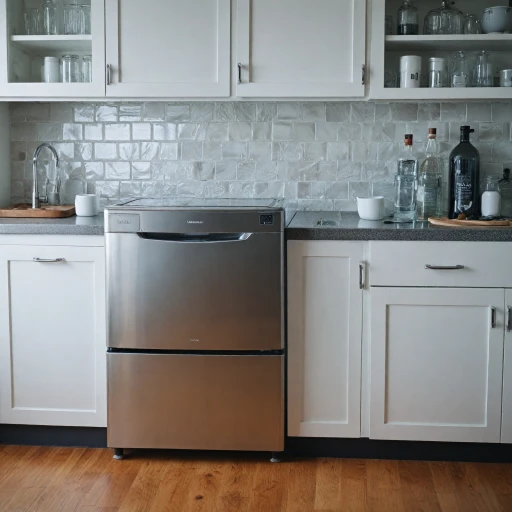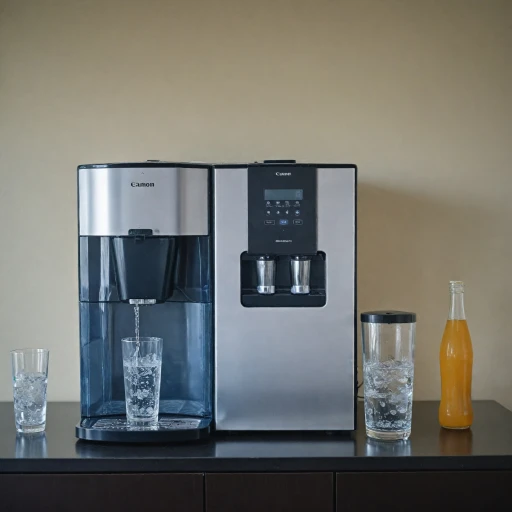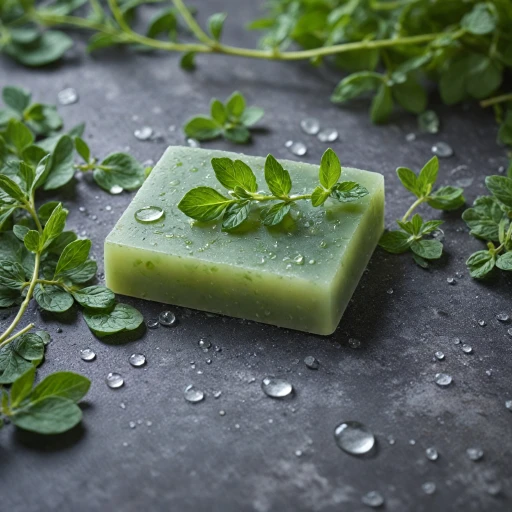Understanding Air Filtration Basics
Deciphering the Mechanisms of Air Filtration
To appreciate the significance of air purification, it is essential to grasp the basics of air filtration systems. These systems are designed to improve indoor air quality by eliminating particulate matter such as dust and pollutants. When discussing air filters, a key component is the filter efficiency. This refers to how well an air filter can capture particles of various sizes.
Air filtration is all about removing unwanted particles from the air that we breathe indoors. The aim is to trap dust, pollen, and other airborne particulates to enhance the air quality. This not only improves the air we breathe but also contributes to better health by reducing allergens and irritants. With air pollution being a constant challenge, maintaining high filtration efficiency becomes crucial.
Several types of filters are used in air purifiers, with HEPA filters being the gold standard for capturing minute particles. These filters are highly efficient in trapping minute particles down to 0.3 microns in size, making them invaluable in improving air quality standards. When shopping for an air purifier, one should always consider the performance and quality of the filters used. Ensuring that an air purifier has a robust filtration system with high-efficiency filters is vital for optimal indoor air quality.
The effectiveness of an air filtration system also relies on understanding air flow and pressure drop. Proper air flow ensures that pollutants are captured efficiently by the filters. A significant pressure drop might indicate problems in the filtration system, leading to reduced system efficiency. Regular cleaning and maintenance play a part in maintaining this efficiency, as clean air flow is paramount for the proper operation of air purifiers.
For those interested in deepening their understanding of setting up and maintaining air purifiers or exploring specific models, consider learning more about enhancing indoor air quality with Aroeve air purifiers. This can provide additional insights into selecting the right system for your needs.
Selecting the Right Air Purifier for Your Needs
Finding the Ideal Unit to Match Your Lifestyle
When it comes to enhancing indoor air quality, choosing the right air purifier is fundamental. The correct selection can ensure effective filtration of pollutants such as dust, allergens, and other harmful particles within your living space. Different air purification systems, like HEPA filters, are designed to cater to specific needs and room sizes.
Firstly, consider the size of the room where the purifier will be deployed. Air purifiers are rated by their Clean Air Delivery Rate (CADR), which indicates their efficiency in filtering air pollutants like dust and pollen. Generally, a higher CADR means more effective air filtration in a given space.
Look for models with High-Efficiency Particulate Air (HEPA) filters if your primary concern is the removal of particulate matter. HEPA filters are known for their high filtration efficiency, capturing up to 99.97% of particles as small as 0.3 microns. This efficiency is essential for maintaining clean air, especially in homes with individuals prone to allergies.
It's also vital to examine the air purifier's pressure and how it may impact your HVAC system. A unit that integrates seamlessly without causing excessive pressure drop will ensure optimal performance without compromising overall system health.
Additionally, energy consumption should be a consideration in your selection process. While some powerful air cleaners provide excellent filtration performance, they might also increase energy usage significantly. Choosing an energy-efficient model helps keep utility costs low and supports environmental sustainability.
Make sure to account for additional features that could enhance usability and air cleaning efficiency. Some advanced purifiers come with air quality monitors, allowing you to track indoor air quality and adjust settings for better system efficiency.
For further insights on choosing the best unit that aligns with your needs, explore this comprehensive guide on air purifiers.
Proper Maintenance for Optimal Performance
Maintaining the Heart of Your System
Proper maintenance is crucial to ensure that your air purification system performs effectively. Regularly maintaining your equipment helps in sustaining filtration efficiency and prolonging the life of the system. Here are key steps to keep in mind:- Regular Filter Replacement: The core function of an air purifier hinges on its filters, especially HEPA filters. Over time, these filters become clogged with dust and particles, reducing air flow and filtration efficiency. Most manufacturers recommend changing filters every 6-12 months, but it's essential to follow specific guidelines in your air purifier manual for precise timelines.
- Cleaning the Pre-Filters: Many air purifiers are equipped with washable pre-filters that capture larger particles. Regularly clean these components to prevent premature wear and tear of the HEPA filter. Depending on your environment and air quality, cleaning every 2-3 weeks is advisable.
- Inspecting for Air Leakages: Ensure that all parts are snugly fit and there are no gaps that could allow air to bypass the filters. Ensure the integrity of the system by examining the seals and housing for wear.
- Monitoring System Pressure: Keep an eye on the pressure drop across the filter. A higher than usual drop indicates a clogged filter, hampering performance. Maintaining optimal pressure helps in ensuring efficient operation and longevity of the air purifier.
- Comprehensive Cleaning: Beyond filters, cleaning the external surfaces, vents, and any sensors or indicators helps in maintaining the overall health of the purifier. Use a soft cloth or brush to gently clean these areas, preventing dust accumulation that could impair performance.
Placement and Setup: Maximizing Coverage
Strategic Placement for Optimal Air Cleaning
To ensure your air purifier operates at peak efficiency, strategic placement within a room is crucial. Ideal positioning can make a significant difference in improving indoor air quality and maximizing the air purification process. Here’s how you can achieve the best results:- Central Location: Place the air purifier in a central location within the room to allow for even distribution of clean air. This allows the filters to capture more particles like dust and allergens more effectively.
- Avoid Obstructions: Ensure there are no large objects or furniture obstructing the air filter's intake and outflow. Free circulation will aid in maintaining optimal air flow and filtration efficiency.
- Distance from Walls: Position the air cleaner at least a few feet away from walls. This helps in reducing pressure drop and maintaining the system’s performance. Adequate space around the purifier prevents restricted flow and enhances efficiency.
- Room Size Consideration: Match the size of your air purification system with the room's dimensions. An undersized air filter system in a large room may overwork, reducing its lifespan and efficiency. Conversely, an oversized system can be energy-inefficient for a small room.
- Away from Moisture: Avoid placing the air purifier in excessively humid areas, as water particles can affect HEPA filter efficiency over time. Keep it away from kitchens and bathrooms to prevent unnecessary strain on the filtration system.
Monitoring Air Quality and System Efficiency
Ensuring Optimal Air Filtration System Efficiency
Monitoring the performance of your air filtration system is crucial to maintaining high air quality in your indoor environment. Here are key strategies to ensure your air purifier is operating at its best:- Regular Filter Checks: The efficiency of air purifiers primarily depends on clean filters. Regularly inspect your HEPA filters, as well as any additional filters in your air purifier, for dust build-up and other particles that may compromise filtration efficiency. Dirty filters increase pressure drop and reduce the system's ability to circulate clean air, potentially hindering overall performance.
- Monitor Air Quality: Consider investing in an air quality monitor to keep track of changes in the indoor environment. These devices help identify when air quality dips, prompting a need for immediate cleaning or maintenance. High levels of particles like dust can significantly affect health, so it's essential to maintain a vigilant eye on air pollution metrics.
- Pressure and Air Flow: An efficient filtration system maintains a balance between pressure levels and air flow. High pressure can indicate clogged filters or potential blockages in the air circulation system, which requires prompt cleaning or replacement. Proper air flow ensures the distribution of clean air throughout the room, enhancing the purifier’s overall effectiveness.
- Regular System Performance Review: Incorporate regular reviews of the system's overall performance. This includes checking all components of the air cleaner system, ensuring it’s functioning without unnecessary strain or inefficiencies. The longevity and performance of your entire HVAC system depend on maintenance checks that prevent excessive wear over time.
- Utilization of Advanced Technologies: Modern air purifiers come equipped with applications and smart technologies that provide real-time updates on air quality and system functioning. Take advantage of these innovations to ensure that your air purifier is constantly operating at peak efficiency.
Energy Efficiency and Cost Considerations
Energy-Saving Air Purification Tips
Energy efficiency is a crucial factor when considering the overall effectiveness and cost of your air filtration system. Let’s delve into some practical suggestions to keep energy consumption in check while maintaining optimal performance.
- Efficient Filters Matter: Opt for HEPA filters or equivalent high-efficiency particulate air filters, as they can capture a wide range of particles without demanding excessive power. The higher the filtration efficiency of your air cleaner, the less effort your system needs to keep your space filled with clean air.
- Consider the Size of the Room: Select the appropriate air purifier for the room’s dimensions. A being conscious of air flow and pressure requirements within your space ensures you’re not over or underutilizing energy.
- Timely Maintenance: Regular maintenance, as previously discussed, prevents higher power demands due to blocked filters. Clean or replace filters as needed to avoid a pressure drop that could force your system to work harder.
- HVAC Integration: If possible, incorporate your air purification needs directly into your existing HVAC systems. This offers better efficiency and a more cohesive approach to indoor air quality improvement.
- Monitor Energy Use: Keep an eye on the energy consumption of your air purifiers, leveraging any available energy-saving modes. Modern air purifiers often come with eco-friendly features; make sure to activate these when appropriate.
By keeping these strategies in mind, you can enhance the performance of your air filtration systems without inflating your energy bills, contributing not only to your health and air quality but also to your financial well-being.

